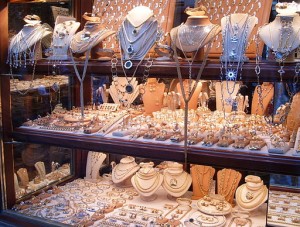Material world: Economics meets social sciences
 The classical model of how economic decisions are made is based on the assumption that we act rationally and know what is in our best interests, seeking to maximise our own welfare. Is this model truly applicable to modern society, though?
The classical model of how economic decisions are made is based on the assumption that we act rationally and know what is in our best interests, seeking to maximise our own welfare. Is this model truly applicable to modern society, though?
The “iron laws” of supply and demand state that as demand rises, so prices will rise also. As supply increases to meet demand (assuming a free and unregulated market), prices will fall and in time, supply and demand will oscillate around an equilibrium point where the two meet. But the marketing and advertising industries operate on the assumption we are irrational buyers. A rash assumption you might think, but behavioural studies do indicate this to be the case.
The sale of certain types of goods, particularly high end expensive luxuries, do not obey the rational laws of supply and demand. In these markets, demand actually rises in tandem with prices. Indeed, buyers will only consider purchase if prices are rising and the goods are wildly expensive, far outstripping their intrinsic utility value. This phenomena was first analysed by Thornstein Veblen (1857 – 1929), an American economist and sociologist. Veblen noted that the very rich at the top end of society sought to purchase goods whose only purpose was to demonstrate their wealth and exclusivity, rather than practical utility of the item. Modern economists call these goods “Veblen goods.” Examples include rare paintings, customer-built cars, jewellery, designer clothes and the latest “must-have” I.T. gadgets. In these markets, goods confer status, exclusivity and the ability to own what others cannot – what Veblen called “conspicuous consumption.”
Since the 1980s this type of buying has increased, thanks to the global reach of the internet and the concentration of assets at the top end of society. Marketing has been quick to exploit the social and psychological aspirations of the young middle class to own and exhibit peer-status goods like mobile phones, designer shoes and handbags.
The social effects of this type of consumption include a serious rise in personal debt and an increase in the gap between the “haves” and “have not’s.” It has also increased the growth of small, exclusive business enterprises, based not on mass-manufacture but on small scale customised design for an exclusive elite, whilst doing little to increase employment within the general population.
This type of market demonstrates that social, cultural and psychological factors have as much to do with consumer spending decisions as does rational considerations of cost, competitive pricing or issues of need and utility.